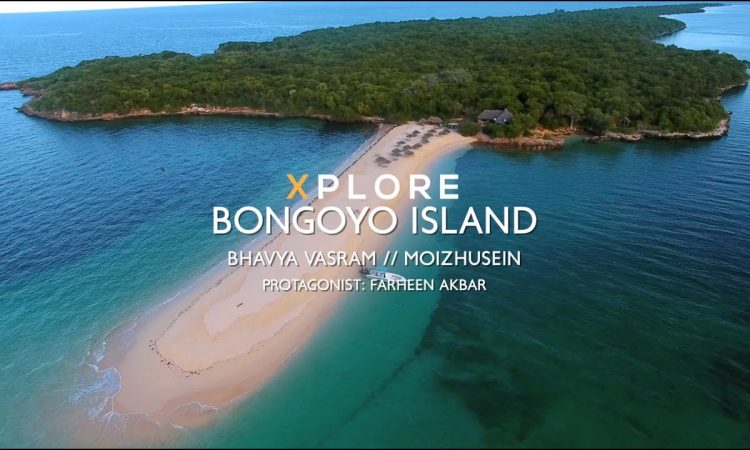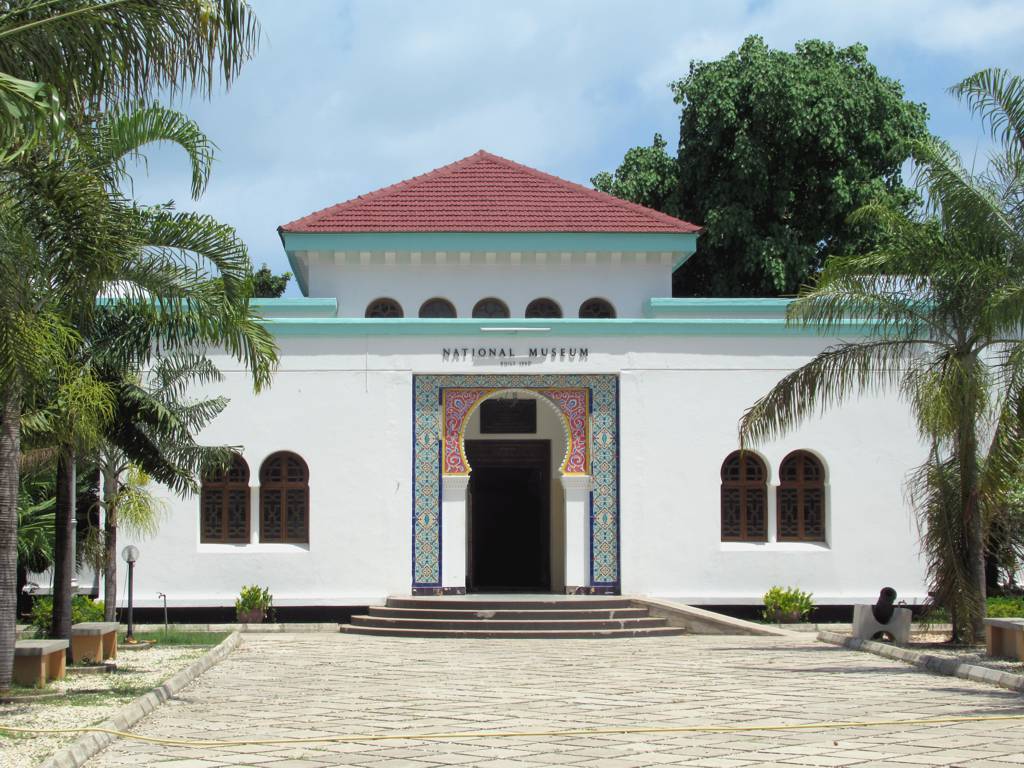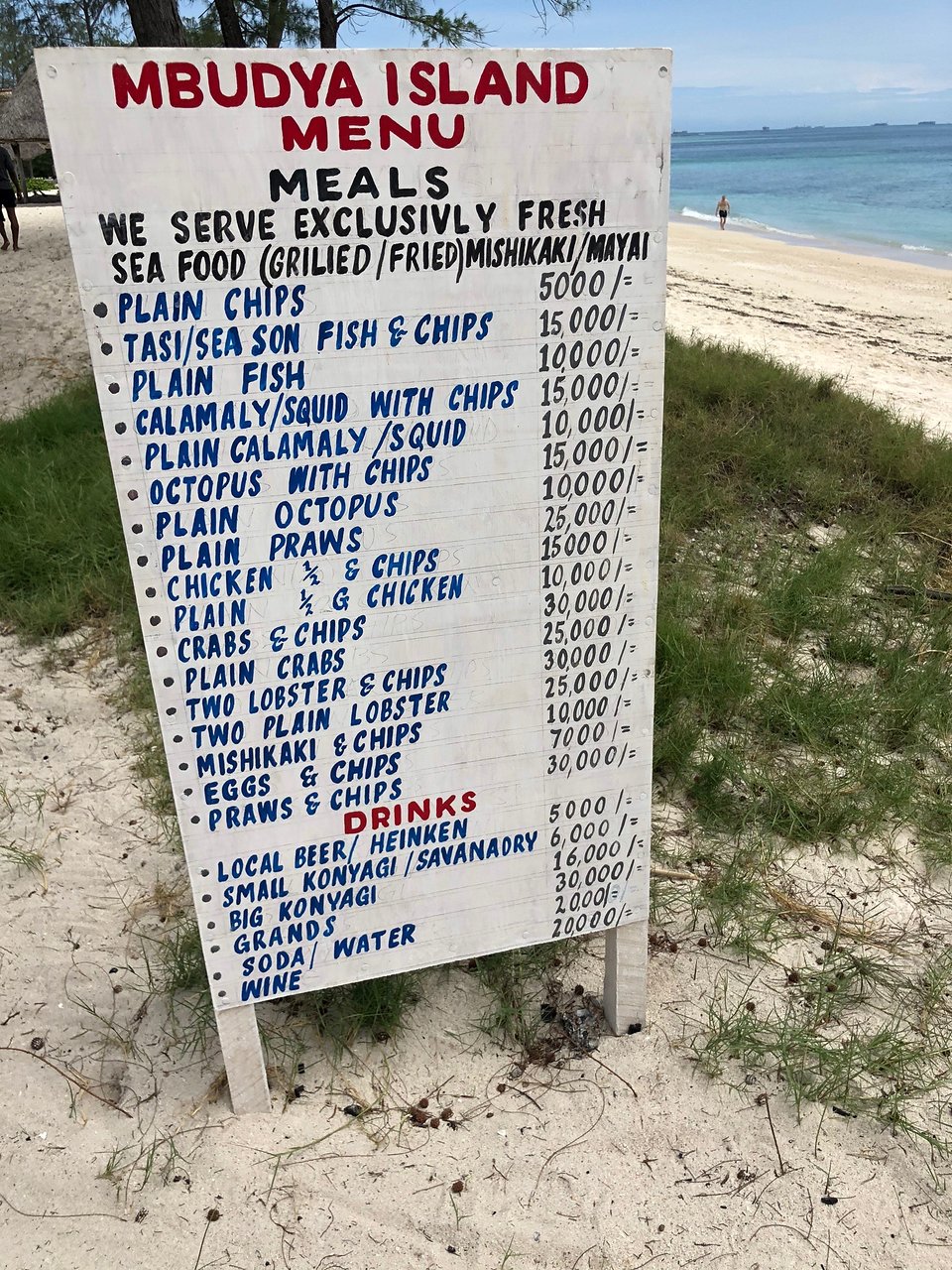Dar es Salaam City Tour : Dar es Salaam is the commercial centre and one of the busiest ports in all of Africa. The name of the city is derived from an Arabic phrase that means “the location of peace.” With a population of over 4 million, the city offers visitors a wealth of experiences and a variety of places to see while on a trip there. The area has seen an increase in tourism as a result of its location along the seashore and the blend of Arabic, African, and Indian cultures. The main port that houses the busiest marine routes around the globe is Dar es Salaam.

Local markets, such as the fish market Kivukoni Front, where fish is discharged throughout the day, are all throughout the city, allowing visitors to enjoy a full day of sightseeing in Dar es Salaam. The city’s architecture was created in the traditional context of several mixed cultures, including the Africans who built it and the traders like the Arabs, Asians, and British. Because each area of the city is wholly distinct from the others, this unusual combination has made the city more enjoyable. The layout of city streets varies.
Because there are so many different types of believers in the city, religion is diversified. The various religions have increased the opportunity for tourists who want to learn more about an African region to sample Dar es Salaam and gain sufficient knowledge of a Dar-es-Salaam city tour.
Depending on the traveler’s time and interests, a one-or multi-day trip to Dar es Salaam is possible. During your trip to Dar es Salaam, you should not skip a few important locations. The finest locations for visitors who want to experience the best of Dar es Salaam are listed below.
The National Museum and House of Culture
One of the major must-see attractions for visitors who wish to experience the finest of a Dar es Salaam city tour is the National Museum, commonly known as the House of Culture. It was inaugurated in 1940 as a King George V memorial. At this historical site, you can learn more about the history of the city and all of Tanzania. They exhibit significant fossils that Dr. Leakey found in the Olduvai Gorge’s Ngorongoro Crater Conservation Area. Other historical topics covered in this museum include the African slave trade system, Tanzania’s colonial era, and a collection of vintage automobiles, including Rolls Royce driven by Tanzania’s first president. The Shaaban Robert Street in the city of Dar es Salaam is where you’ll find the National Museum and the House of Culture.

St. Joseph Cathedral
This is a major site for religious tourism in Dar es Salaam. The German missionaries spent several years constructing the cathedral. St. Joseph Cathedral was begun in 1897 and was finished in 1902. A Roman Catholic Church constructed in the Gothic style towers over Dar es Salaam. It is located within the Dar es Salaam archdiocese and features a shingle tower, stained-glass windows, and a vaulted interior. Germanic artwork and inscriptions predominate, such as the carved relief over the main alter. The cathedral welcomes visitors every day of the week, even on Sundays when services are held there.
Village Museum
Visitors to Dar-es-Salaam can visit the village museum as part of their city tour. The Village Museum, a tiny structure constructed from indigenous materials and housing more than 120 Tanzanian ethnic groups, is situated about 10 kilometers north of Dar es Salaam. You will have the chance to compare the ethnic groups of Tanzania during your visit to this local museum, where the majority of the ethnic groups are exhibited. On Kijitonyama’s Bagamoyo Road, on 15 acres of land, the homesteads are situated.
Azania Front Lutheran Church
The 1898-built Azania Front Lutheran Church is located right on the edge of the Indian Ocean. The German Missionaries constructed the whitewashed church, one of Dar es Salaam’s major landmarks, which is tiled with red tiles. The first German mission in the 19th century was centered in Azania. The cathedral for the diocese of Dar es Salaam was upgraded there. It is situated in Dar es Salaam on Kivukoni Road.
State House
The former state house, constructed in the 1890s, will bring your tour of Dar es Salaam to a close. Before it was transformed as a state house, the state house historically served as the residence of the German Governor. When you visit this state house, you can learn a lot about history. The house was rebuilt by the British in 1922, who added the crenellated parapet and scalloped top level arches. In World War 1, the home came dangerously close to being destroyed. Currently, the president of the Republic of Tanzania resides in the state house. It is situated on Kivukoni’s Luthuli Street.
Mbudya Island
This is a destination for relaxation during your Dar es Salaam city tour and is accessible by motorboat from the city’s mainland in 15 minutes. For those seeking some peace of mind in a remote location, the island is home to the Dar es Salaam Marine Reserve. The island offers snorkeling, white-sand beaches, and clear waterways, among other things.

Bongoyo Island
Many visitors who take a Dar-es-Salaam city tour consider this to be one of their favorite islands. It is 4 miles north of the metropolis of Dar es Salaam. A gate can be seen on the Msasani Peninsula. It’s a great place to unwind under the thatched umbrellas on the white sand beach. Numerous marine species, including starfish, angelfish, clownfish, sea urchins, and others, can be found on the island.
Kunduchi Wet ‘n’ Wild Water Park
Visit Kunduchi Wet ‘n’ Wild Water Park, the biggest water park in East and Central Africa, to extend your Dar-es-Salaam city tour. Over 29 water slides, a playground, restaurants, and many other amenities can be found throughout the park. The park is suitable for both families and lone travelers, appealing to both children and adults. It is located near the Kunduchi beach hotel and resort, 19 kilometers from the city center.


